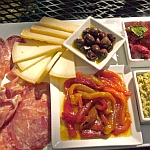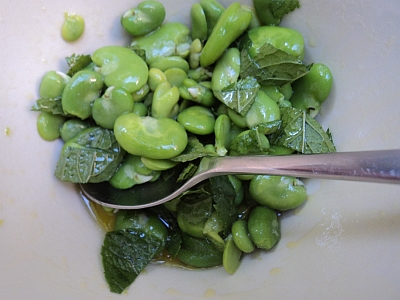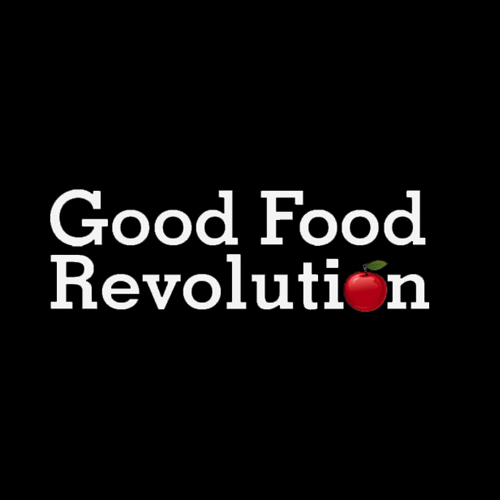By Kylie Meyermann

Monforte Dairy makes an Ashed Rind Goat Cheese - a local and sustainable option for residents of Ontario.
The Environmental Working Group recently released a report that assesses the greenhouse gas emissions and health effects of certain food types. Lamb, beef and cheese were equally matched for earning the grand title as the greatest offenders. While lamb and beef have always been pointed to as the worst greenhouse-gas culprits, cheese was an unexpected third medalist.
Really?
Cheese?
It is argued that the farming of lamb, beef, and, yes, cheese generate the majority of greenhouse gases.
The primary greenhouse gases in the Earth’s atmosphere are water vapour, carbon dioxide, methane, nitrous oxide (Are you sure… I kind-of like Nitrous Oxide – JD), and ozone.
The farming of lamb, beef, and… yes… the majority of cheese have the highest emissions partially because these food types come from ruminant animals that constantly generate methane through their digestive process, namely enteric fermentation.
Methane (CH4) is a greenhouse gas assessed to be 25 times more potent than carbon dioxide (CO2).
Pound for pound, ruminants also require significantly more energy-intensive feed and generate more manure than pork or chicken.
What does this information mean for cheese lovers?
Is the answer choosing more cheese with a goaty origin?
This may sound silly, considering that goats are part of the ruminant family, but compared to most breeds of cow and sheep, goats produce more than 10 percent of their body weight in milk daily (Cows produce less than 10 percent and sheep produce a mere 3 percent).
The Environmental Working Group also suggests that cheese lovers eat a denser cheese.
Denser cheese results in fewer greenhouse gases since it takes less milk to produce it.
Harder cheeses usually requires more time and energy spent cutting and aging the cheese.
The least amount of time spent cutting, pressing and aging the cheese the better.
Raw-milk cheese’s and soft, fresh varieties, such as the Chèvre’s of France, are perhaps more sustainable options.
The Environmental Working Group suggests eating more cottage cheese (Is that really a cheese though … )
Cheese products that are certified organic, humane and/or grass-fed are generally the least environmentally damaging and are also a wise choice for customers concerned with their carbon footprint.
Chemical fertilizer, feed, fuel, pesticides, and water are resources that significantly impact gas emissions.
The Environmental Working Group is proposing people adopt a ‘Meatless Monday’ into their weekly routine. For people who have difficult saying good-bye to their beloved lamb shanks and aged cheddar.
It never hurts to invest a moment’s glance at species and its origin.
 Kylie Meyermann contributes a weekly cheese article for Good Food Revolution. She is obsessed with cheese and wine – doing such on a student budget. Follow her on Twitter! @KyliesWines
Kylie Meyermann contributes a weekly cheese article for Good Food Revolution. She is obsessed with cheese and wine – doing such on a student budget. Follow her on Twitter! @KyliesWines








Love Monforte! But also good to know there are a number of small Ontario artisan cheese makers around these days. Have to also mention that our dairy, Fifth Town, is a Platinum LEED dairy with lowest operational footprint in the industry-in fact net 0. We are in Prince Edward County. And we have triple mission–to make great cheese, pay farms well for good milk, AND demonstrate the possibilities of green enterprise. We are also Canada’s 8th B Corporation (certified triple bottom line operation). There are over 400 now in NA.